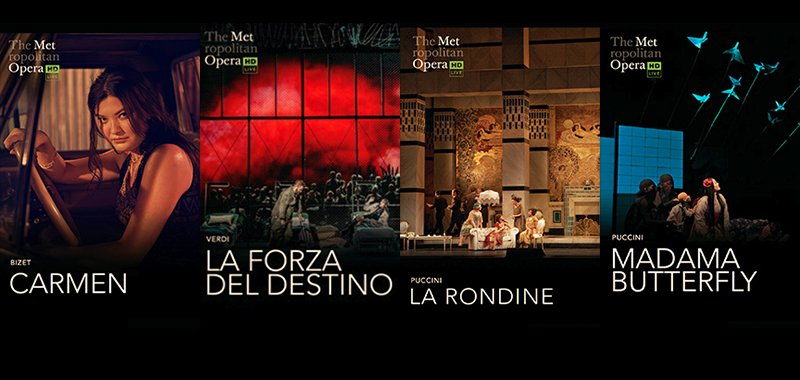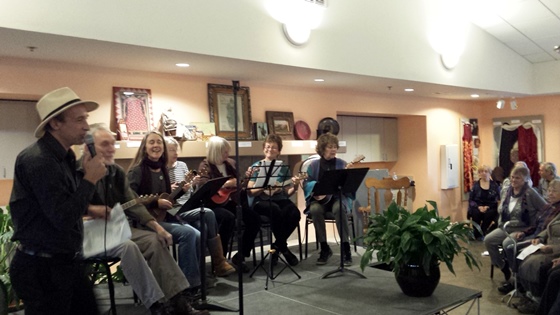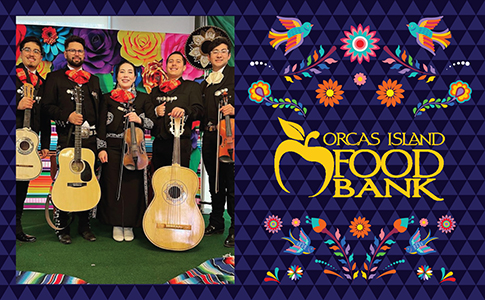— from David Turnoy —
Just over a week ago, Russel Barsh of Kwiaht posted comments about the draft RMP plan which includes Indian Island. The BLM is planning changes that would degrade the island, opening it up to more tourism when in fact tourism was not the reason that the national monument was established. Russel provided a comprehensive analysis of the problems with the plan, and he would like as many of us as possible to contact the authorities to provide important input. However, his 19-page document may have seemed overwhelming, so I have gone through it today, pulling out what I thought were the important parts, and I have sent off my email.
Thinking that others of you in the community might like to help with this effort but might have found the task daunting, I am pasting in the letter I just sent. I would encourage you to paste it into an email you can send yourself, or you can edit my letter in any way you see fit. The email address to send to is sanjuanislandsnm@blm.gov. If you want to see Russel’s 19- page analysis, you can find it at www.kwiaht.org/documents/Kwiaht_comments_on_SJINM_draft_RMP_EIS. Finally, to see the BLM document, go to https://go.usa.gov/xRphc.
If you can help, this needs to be done by Jan. 3. Thanks!
Here is my letter:
Hello,
I am writing to comment on the San Juan Islands National Monument draft RMP/EIS. FYI, my wife and I have been citizen scientists on Indian Island, one of the small islands just off Orcas Island, for the past seven years. This is done under the auspices of Kwiaht, a citizen-scientist organization that relies on volunteers. In that capacity we monitor the health of the ecosystem by counting invertebrates, counting clams, counting eelgrass, and counting fish. We are active at every very low tide between March and August. During that period of time, we have seen a die-off of sea stars from a wasting syndrome but then somewhat of a recovery. We have also seen a huge increase in visitors to the island. Because the island is very small and delicate, the increased visitors put a real strain on the health of the ecosystem. Our most recent annual report, presented by our chief scientist Russel Barsh, indicated that much of the marine life around the island is in decline. If the island is to continue to have its vegetation recover, which has been happening due to our efforts to keep people on the one trail that is on the island, and if the marine and terrestrial life is to have a chance to thrive, we are going to need to limit the number of visitors and continue to limit where they can go on the island.
Unfortunately, the focus of the draft RMP is on increasing public access and tourism, which is the opposite direction from what is needed. The draft RMP is most concrete and specific in addressing roads, trails, and recreational uses. San Juan County residents supported the establishment of the National Monument on the express understanding that it would not be used to promote tourism; that the cultural and educational interests of islanders in these lands would be protected; and that the views of islanders regarding management would be respected. The draft RMP admits that recreation is not mentioned in the proclamation that created the Monument, which refers instead to maintaining and enhancing habitats and landscapes, and to science and education. BLM nonetheless finds recreation implied in the proclamation, even while recognizing that recreation can degrade protected landscapes. The original intention of the National Monument designation, and the ACEC ( Area of Critical Environmental Concern) designations that preceded it, was protection. The draft RMP prioritizes recreation and tourism at the expense of sensitive habitats, however. Moreover, the draft RMP is fatally vague about exactly what forces or processes must be managed in order to slow, stop or reverse the changes which are visibly taking place on the Monument’s coasts and small islands.
Roads and trails are the principal means by which the BLM will manage human activity within the Monument. Realistically, BLM will continue to lack resources to monitor and police all of the dispersed parcels and small islands that comprise the Monument. For Indian Island, Kwiaht uses volunteers to greet visitors to the island and inform them about where they can go and what to avoid. The last couple of years we have raised money to employ interns to help us monitor the island’s visitors. It has become our charge to monitor the island because BLM is unable to do so. People will go wherever they find easy access, and Indian Island is a short walk from the main island of Orcas at any low tide. BLM’s current conditions show six trail segments forming a central loop with two spokes totaling 0.103 miles on Indian Island. In actuality, only three of these trail segments have been in use since we began monitoring conditions at Indian Island a decade ago. Half of the “existing” trail miles on Indian Island do not “exist.” This misrepresentation of fact makes it easy for BLM to purport to retain or reduce the Indian Island trail network while actually expanding it. BLM’s preferred alternative (B) would indeed involve tripling the trail mileage on Indian Island while purporting to increase mileage by only 50 percent. In addition, trail segment 4, which BLM proposes to close seasonally for nesting birds, is not only non-existent, but is not in fact located anywhere near to the well-known Black Oystercatcher nesting area on the southwest end of the island. BLM has overstated existing trail networks on other small islands as well.
In addition, there are references in the draft RMP to controlling invasive grasses through burning or with herbicides. In actuality, burning will spread the seeds of the invasive plants, and herbicides would be a threat to the oystercatchers and geese which nest on Indian Island each spring. Also, herbicides will kill the native pollinators. Burning and herbicides should not be used.
In sum, the BLM should not seek to expand the recreational uses of the monument, especially as regards Indian Island. The “No Action”alternative is the alternative that should be followed by the BLM.








As are the volunteer citizen scientists who drafted the RMP/EIS referred to here, this and these are examples of improving the “individual” to make the more responsible and intelligent choices without coercion or loss of identity.
This is why deeper education is vital to and undergirds a truer Democracy. Through the “collaboration” of responsible and informed individuals in which “individuality” is enhanced and the possibilities of results are there greatest, much more can be accomplished in an even freer society.
You see, a cheap shot like : “don’t get in the way of my individual right or expression to maximize my profit” fails and can be overridden, not by a monolithic sterile state babysitter of immature, irrational individuals, but by a much more intelligent and deeply educated society of individuals who retain the relative truth of who/what each one is at each’s core while solving the most intractable problems presented to humanity.
The sky’s the limit if each individual is made more responsible through deeper education and qualified knowledge.
#educationnow!
Let’s support these efforts in our individual capacities to act responsibly and freely.
Thank-you for your thoughtful comments, David.
I agree with you that the all the alternatives, A,B,C, and D, proposed by the BLM, have serious deficiencies. The current management approach under the Areas of Critical Environmental Concern is my preferred approach for all the San Juan Islands National Monument lands. This management plan would not expand trails and camp sites beyond what currently exists. The BLM must listen to local groups who have been acting for years to protect BLM lands such as Indian Island, and lands on Lopez Island, including Iceberg Point, Point Colville, and Watmough Bay. David is correct that the BLM documents show non-existent trails on many of their National Monument maps. These must be corrected in consultation with people in our islands who have boots on the ground. Indian Island is being seriously degraded by visitors. I favor removing the “pathway” to Indian Island that invites excessive human impacts in the summer months. I do not think this pathway is a natural feature.
How fortunate to have teachers like David and scientists like Janet present and so giving of their time and expertise.
And even if the “pathway” is a natural product of the tide, where is it written that we must trespass when doing so simply satisfies a short-sighted form of greed at the expense of preserving the island’s natural state on which much more and varied life depends for survival (which eventually cycles back around to our own).